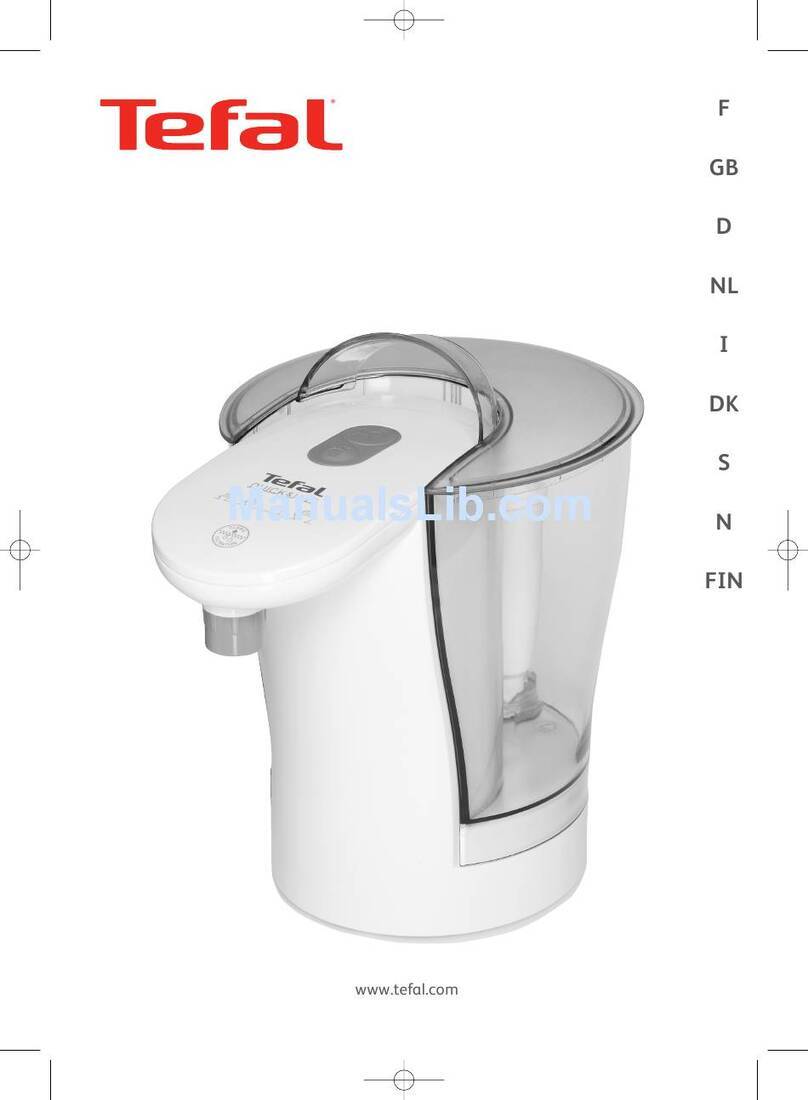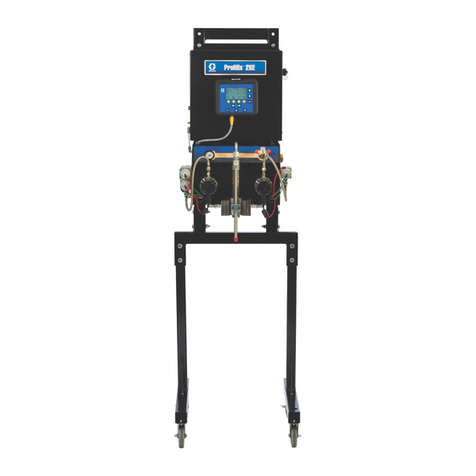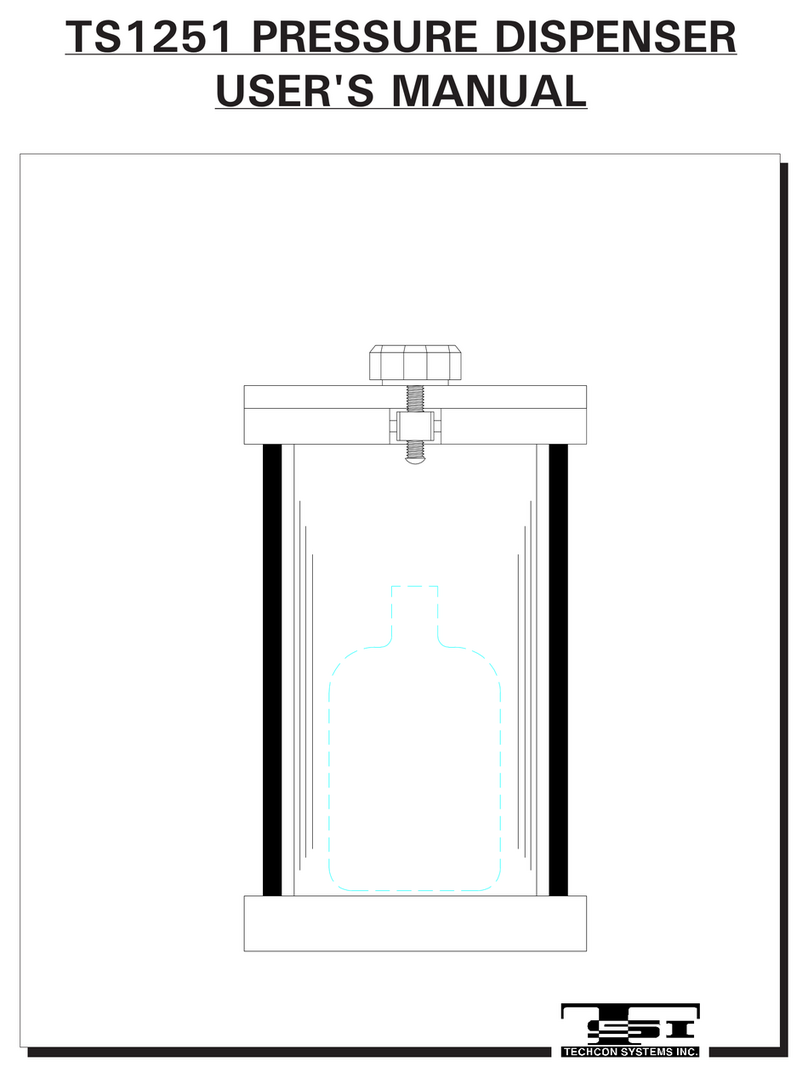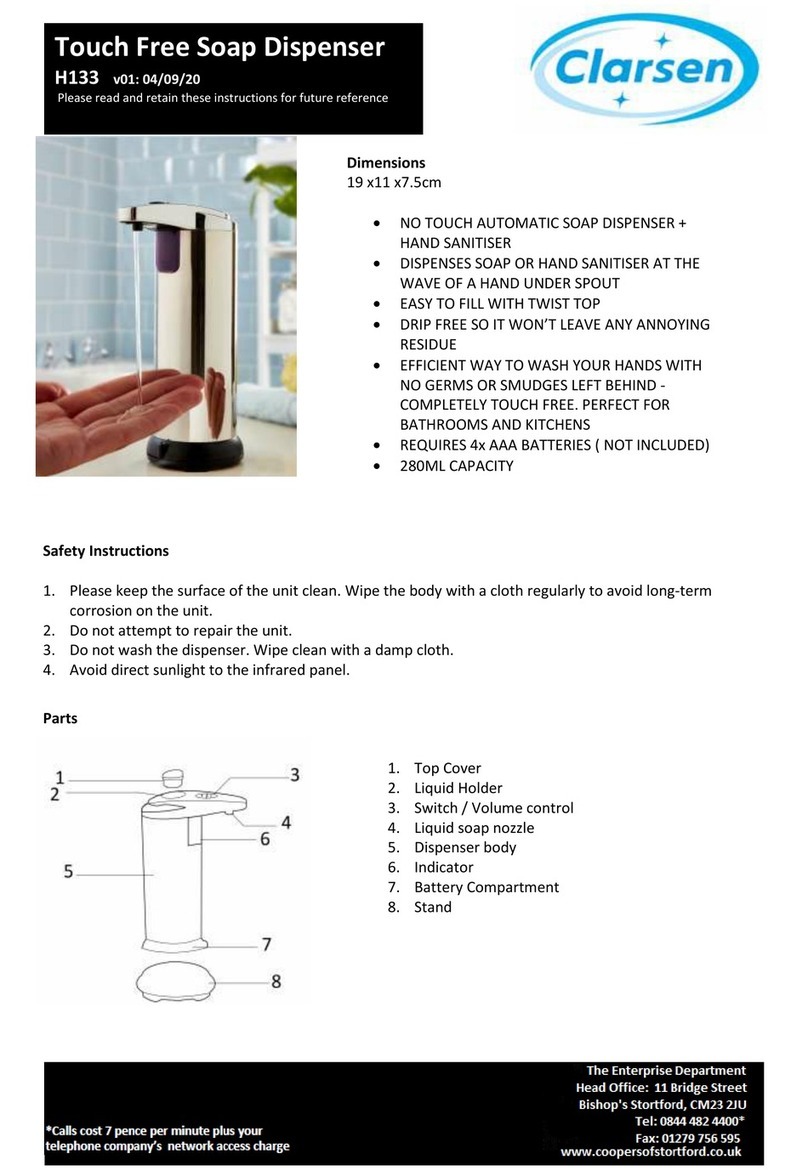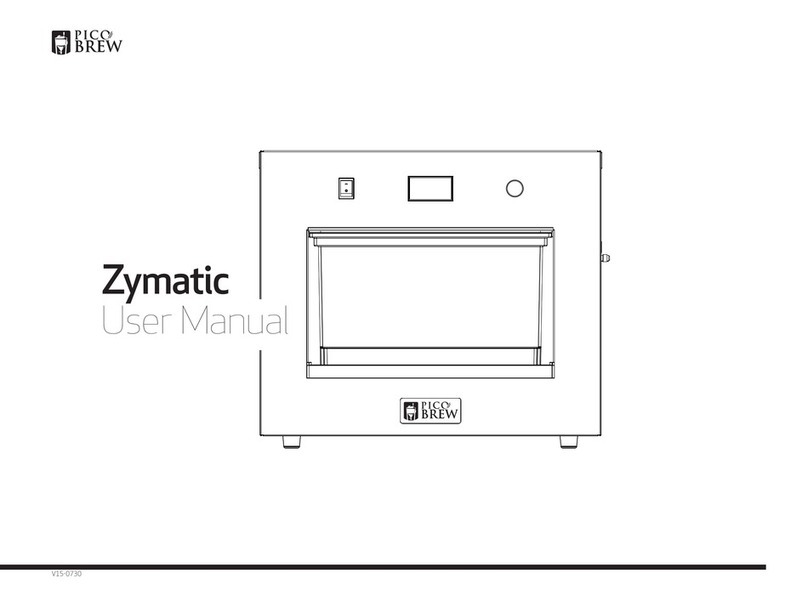
8
declared void. Use only «Beer Tender Compatible»
barrels.
• Always use the machine on a flat, stable, heat-
resistant surface which is protected from other
heat sources or water splashes.
• WARNING: Keep the ventilator grill located
behind the machine clean and dust it regularly
using a vacuum cleaner.
• To protect individuals against fire, electric shock and personal injury,
refrain from immersing the mains cable, the appliance’s plug or the
appliance in water or other liquids. Never unplug the appliance with wet
hands. In case of an emergency, unplug the the appliance immediately.
• Do not use the appliance without its draining tray and grill.
• After use, empty and clean the draining tray every day.
• Unplug the machine from the mains whenever you are not using it.
• Unplug the machine from the mains before cleaning. The machine may
be cleaned using a damp cloth, but not using a sponge saturated with
water, and do not soak it in a liquid. Never use detergents to clean the
machine. Clean the machine using only soft sponges and brushes.
• In case of a prolonged period without use (vacations, storage, etc.),
unplug, empty and clean the machine.
• Any functioning, cleaning or maintenance which is outside the limits
of normal use should be reserved to the staff at the local authorized
service centres. Do not disassemble the appliance or place any objects
in any of its openings.
• The use of accessories not recommended by the manufacturer
• could cause fires, electric shocks or wounds.
• Do not let the power cord hang from the edge of a table or work top, nor
come into contact with hot surfaces or sharp edges.
• Do not let the electric cord hang (to avoid the risk of stumbling).
• Never touch the cord with wet hands.
• Do not place the machine on a gas or electric stove, nor near such heat
sources, nor inside a hot oven.








